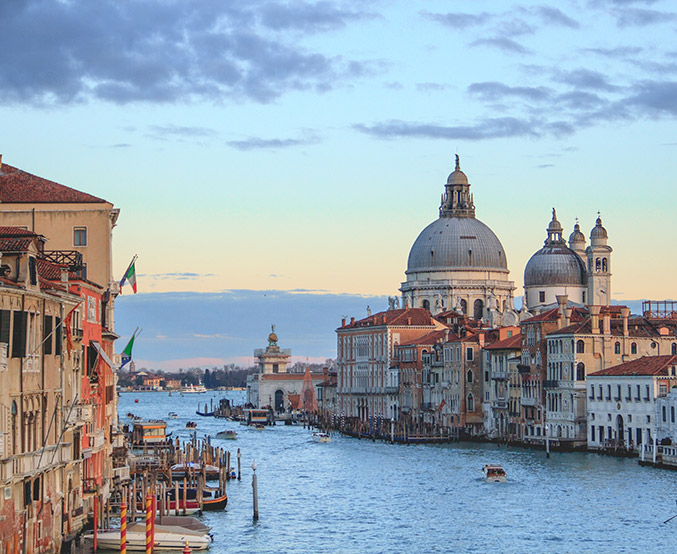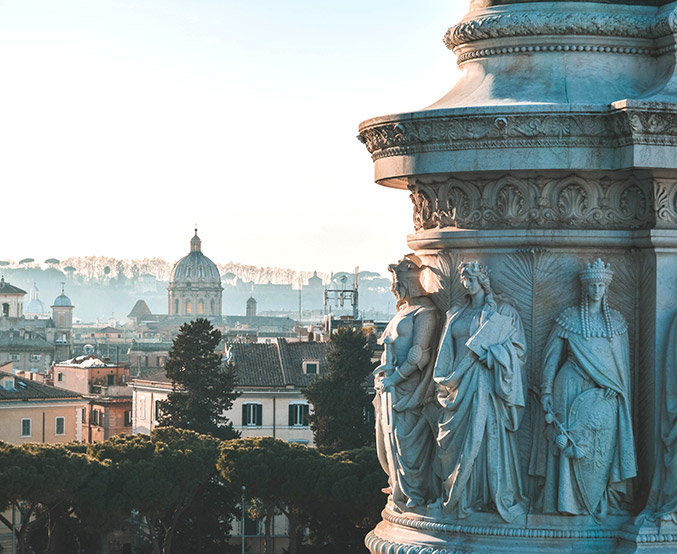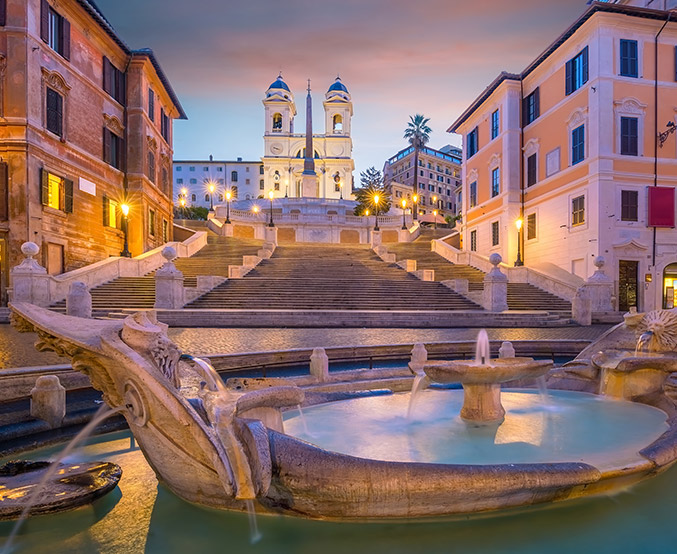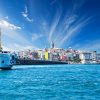Italy
Welcome to Italy Travel Guide
Italy has one of Europe’s most diverse and beautiful landscapes, with the world’s greatest art treasures, a mild climate, and delicious authentic cuisines. One of Italy’s national characteristics is to embrace the moment to the fullest, offering hundreds of festivals throughout the year.
Italy’s landscape ranges from relaxing beaches lined with resorts and a mountain range that runs the country’s length that provides excellent winter sports for those avid skiers. South Italy experience the Tuscan sun while walking down the cobblestone streets and wander through a tranquil landscape.
With over 2,000 years of history, Italy has also been able to embrace the more modern traditions. Go with an eye to both Italy’s past and present.
Italy is a must-visit country and one of the most-traveled destinations in Europe. Rome is one of the most iconic cities in Italy. One of my favorite cities in Italy is Florence, along the Arno River. If you want a romantic adventure, visit Portofino, one of the most picturesque and dreamy towns to explore and enjoy.
Things to See and Do in Italy
Typical Costs When Travelling
ACCOMMODATIONS: A stay at a hostel will cost between $25-$40 a night, which are dorm-like rooms with a shared bathroom and free Wi-Fi. If requesting a private room, expect to pay $60+ a night. Budget hotels with limited amenities can start around $80 per night. Airbnb costs about $50-$100+ per night. We booked all of our stays through Airbnb, which were entire apartments that came with full kitchens, costing around $120+ a night (we had three people staying, which averaged $40 per night).
(I recommend using www.Airbnb.com when looking for moderate price accommodations within a nice neighborhood)
FOOD: Known for its delicious cuisine – fresh homemade pasta, bread, tomato sauce, pizzas, gelato, wines, and desserts. Most restaurant meals with a glass of wine will cost around $35 per person. If you are dining near a tourist attraction, you will find prices to be an additional $15 more than usual. Quick bites such as pizza slices or panini may cost around $4-$10. Fast food will cost $15 for a meal. You may find an additional “sit down fee” on your bill at most restaurants, which is around $5 covering the service and the bread on the table. A great place to grab snacks, drinks, and lunch items is at the discount grocer like Eurospin, In’s Mercato, LD Market, Lidl, or Penny Market.
(Use www.TripAdvisor.com when trying to locate a restaurant within your budget range)
TRANSPORTATION: The best way to travel throughout Italy is through the extensive train network. Fast trains (Eurostar) cost about $40-$75 per trip. The regional trains cost about $10-35 per trip. When planning to travel by rail, I suggest you visit the ItaliaRail website to plan your trip. Within the major cities are buses and subways, which cost about $4 for a single ticket. Taxi and Uber readily available too. Another cheap option is riding the bus, starting as low as $8 for a daily pass. Prices and schedules are available at FlixBus. If you decide you want to visit some of the amazing islands like Capri, check out the Direct Ferries website to find out routes and prices. We opted to rent a car, so make sure you have an international driving permit, which you can pick up at the AAA office in the US. Car rentals are a great option if you don’t want to be on a schedule but beware; they drive super-fast on the highways.
Suggested daily budget – Average daily budget should be approximately $150 per person, including hotel, transportation, meals, and sightseeing. A two-week vacation for two people costs roughly $2,050 staying at mid-range hotels.
Money Saving Tips
What can I expect from Italy?
The artistic and architectural treasures you will discover in Italy will give you an experience like no other country. The language spoken in Italy is Italian. The currency in Italy is the Euro at a current rate of $1 = 0.88 EUR. Most restaurants and shops accept major credit cards, and ATMs are throughout Italy. Always keep a few euros on hand for small purchases. The plugs in Italy are Type C, F, and L. The standard voltage is 230 V, and the standard frequency is 50Hz. I recommend purchasing a universal adapter to attach to your hairdryers, hot tools, and telephone chargers. Pick-pocketers are common in Italy, so beware, but otherwise, it is a safe country. Always be aware of your surroundings and keep an eye on your belongings. The winter months are the most economical time to travel to Italy. Spring is also another good time to visit Italy. Summer months are high season and so expect to pay more for travel.
August 28, 2018






